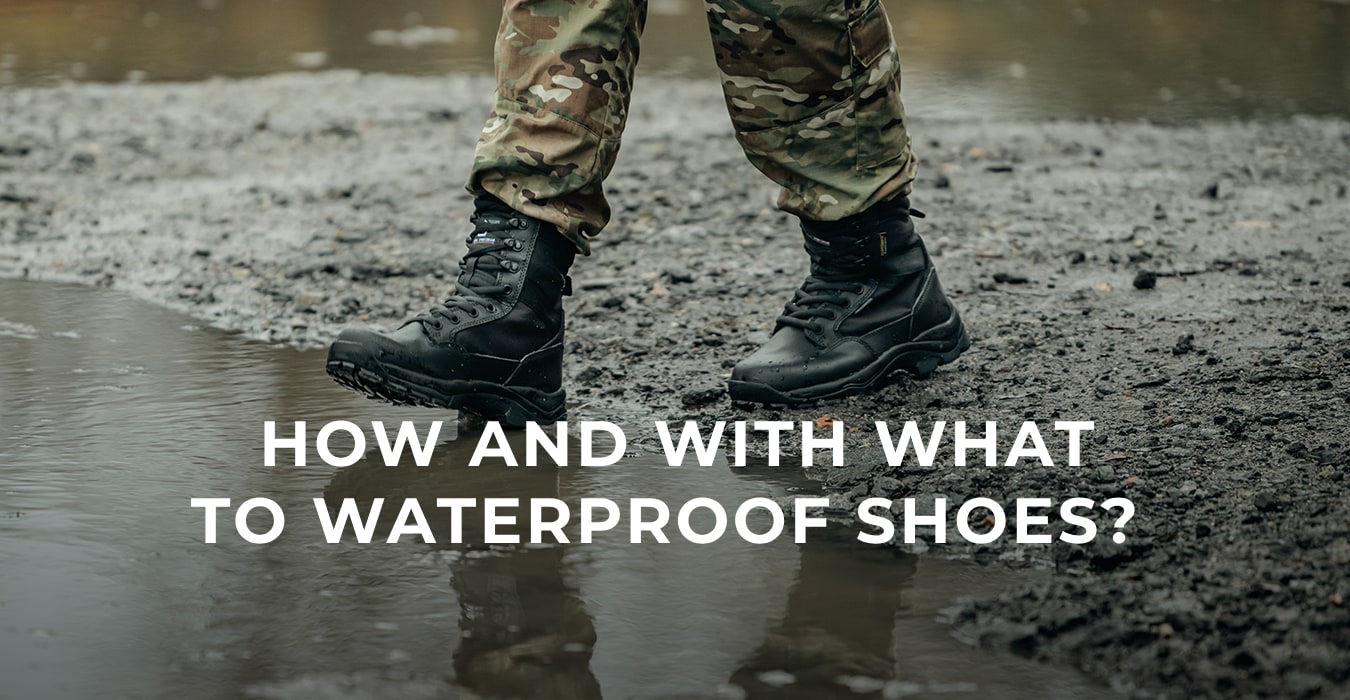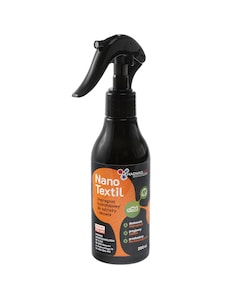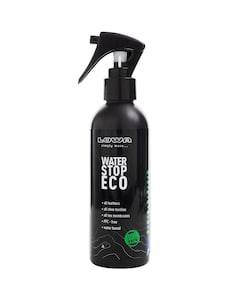How and with what to waterproof shoes?
Waterproofing is the process of protecting shoes from water, dirt or excessive leather drying, among other things. This process primarily involves coating the shoes with special agents. Well-performed waterproofing will provide your shoes with effective protection, which will positively affect their lifespan.
The waterproofing process generally involves cleaning the footwear, drying and applying the waterproofing agent. However, the ways of waterproofing leather and synthetic materials may differ, so it is worthwhile to learn more about waterproofing different types of footwear.
How to prepare shoes for waterproofing?
Cleaning shoes is a very important part of proper waterproofing process. Shoes should be carefully cleaned of all dirt so that it is not rubbed into the shoe material during waterproofing. Cleaning affects the quality and durability of the newly applied waterproofing, as well as the aesthetics of the shoes.
If the shoes were wet cleaned, they need to be dried before waterproofing. Be sure not to do this too close to a heat source. Drying shoes at too high a temperature or in the sun can result in cracking, wrinkling and fading of the material. It is best to let the shoes dry at room temperature and away from sunlight.
If the shoes are soaked, it is best to use a special shoe dryer. You can also remove the insoles, laces and put newspapers or a paper towel in the shoes. Then, place the shoes next to the radiator, but not too close to it. Do not try to speed up the drying process by putting the shoes on the radiator or using a hair dryer.
Leather shoes waterproofing
Leather shoes are susceptible to damage caused by getting wet or drying too much. Soaked leather can stretch, and dried leather can crack and peel. It is not difficult to damage leather shoes, which is why it is so important to properly waterproof them. Importantly, the process and the means used will be different depending on the type of leather. Before waterproofing, you should check what kind of leather your shoes are made of and choose the right product.
Nubuck shoes waterproofing
Nubuck and suede leathers are very often confused with each other. The two types of leather are different, but the process of waterproofing them is similar.
Nubuck is a type of sanded leather, where its outer layer (face) is sanded. It has a rather fine texture and is pleasant to the touch. There is a common belief that nubuck is a leather prone to damage, although this is not true. Although it appears delicate, nubuck leather is thick and rigid. In the footwear industry, it is often used for trekking and transitional footwear (such as boots or slippers worn in winter and spring, or summer and fall).
Before waterproofing nubuck shoes, it is necessary to clean them thoroughly, because after waterproofing, the dirt will be practically impossible to remove. On the surface of nubuck leather shoes, stains are formed both by water, dust and other dirt. Therefore, it is important to brush shoes made of this type of leather. The best choice will be a brush with soft bristles.
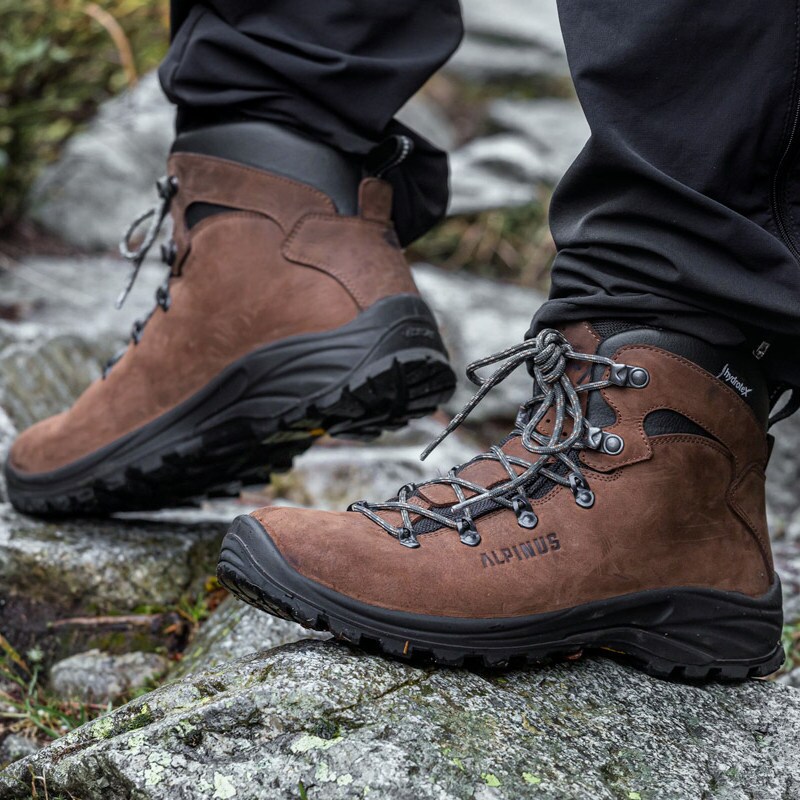
Nubuck is best cleaned dry. To remove heavy dirt, you can use spray, foam or gel products. After cleaning the leather, it is a good idea to apply a refinisher, which will restore its former color. This is important because nubuck tends to fade when exposed to sunlight.
For waterproofing this type of leather, a spray or sponge applicator will be suitable. When waterproofing nubuck shoes, remember to carefully apply the preparation to the sewing or gluing areas of the shoes (near the sole), as they are most vulnerable to soaking. Excess preparation can be removed with a dry cloth. After applying the waterproofing, it is a good idea to leave the shoes for a few minutes in a dry, shaded place at room temperature.
Suede shoes waterproofing
Suede, like nubuck, is one of the rough leathers, although it is soft and gentle to the touch. It is formed from the polished inner part of the leather. It naturally occurs in brown and yellowish cream colors, although it is often subjected to dyeing and lightening.
To clean suede shoes, it is good to use a soft-bristle brush, rubber band or dry sponge. As with nubuck shoes, cleaning should be done dry, and for waterproofing it is best to use spray or sponge applicator products.
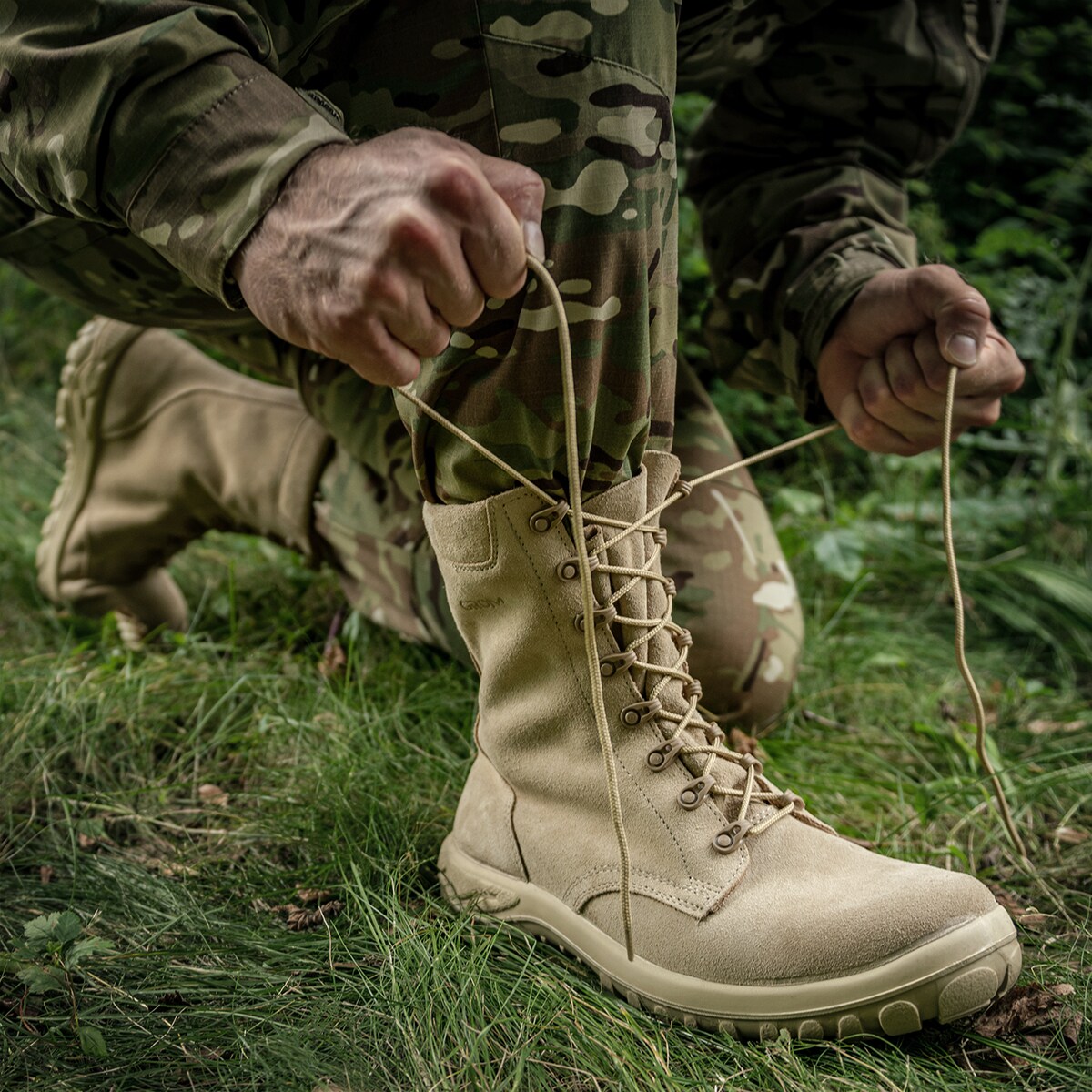
For waterproofing nubuck and suede leather, wax is sometimes also used, which creates a strong water repellent barrier on the surface of the shoe. However, it is worth knowing that the use of wax can cause the loss of softness characteristic of nubuck and suede. The leather will also become dull. In addition, if the shoes made of nubuck or suede have a membrane, then the wax will clog the micropores, and the shoe will stop breathing. For that reason, it is best to use products designed for nubuck and suede leather.
Grain leather shoes waterproofing
Grain leather is currently the most popular type of leather. It is smooth and comes from the tanned outer part of animal skin. The process of waterproofing grain leather shoes should follow the following steps:
- Footwear cleaning
As a standard, cleaning should begin with brushing with soft bristles. As with suede and nubuck, dry cleaning is preferred, but you can also use lukewarm water and a grain leather cleaner. Note that the shoes must dry completely afterwards.
- Removal of the old waterproofing layer
The next step is to remove the old layer of waterproofing. To do this, a grain leather cleaner is used. This procedure should be done outdoors or in a well-ventilated room, and the cloths should be changed frequently so as not to rub the already removed layers into the shoe. After removing dirt and old waterproofing, it is worth performing oiling. This treatment will nourish, moisturize and soften the leather.
- Waterproofing
If your grain leather shoes do not have a membrane, it is a good idea to use wax or grease for waterproofing. Wax and grease are best applied with a soft cloth, using circular motions. More attention should be paid to the tongue, seams and the contact between the upper and the sole - a thicker layer of preparation can be applied in these areas. In the case of heavily dried leather, double waterproofing can be considered, but the second layer should be applied only after the first one is completely dry. For footwear with a membrane, it is best to use spray preparations. In both cases, the shoes should be allowed to dry after waterproofing.
- Polishing
A polish works very well on grain leather. You can choose a polish that matches the color of the shoes or a colorless version. Using a soft cloth or brush, apply the polish to the shoes and early, or rub it in by doing polishing. Excess polish should be removed from the surface of the shoes.
Eco-leather shoes waterproofing
Eco-leather, or eco-leather, is a synthetic material that imitates natural leather (grain, nubuck, suede). Eco-leather is more resistant to dirt, discoloration or street salt, and shoes made of this material are cheaper than those made of natural leather.
To clean eco-leather shoes, all you need is a sponge soaked in water or moistened wipes. Waterproofing of eco-leather shoes is the same as for natural leather. The shoes must be cleaned and dried, and then the waterproofing must be applied. For artificial leather, we recommend preparations in spray or with a sponge applicator.
Waterproofing of shoes made of synthetic materials with a membrane
In the case of waterproofing of shoes made of synthetic materials, we follow the already known scheme: cleaning, drying, application of waterproofing. The only difference is the choice of the right preparation. Although synthetics are not as delicate material as natural leather, it is worthwhile to approach them gently as well. It's best to clean shoes with a soft brush and lukewarm water, and you can also use a mild deterge.
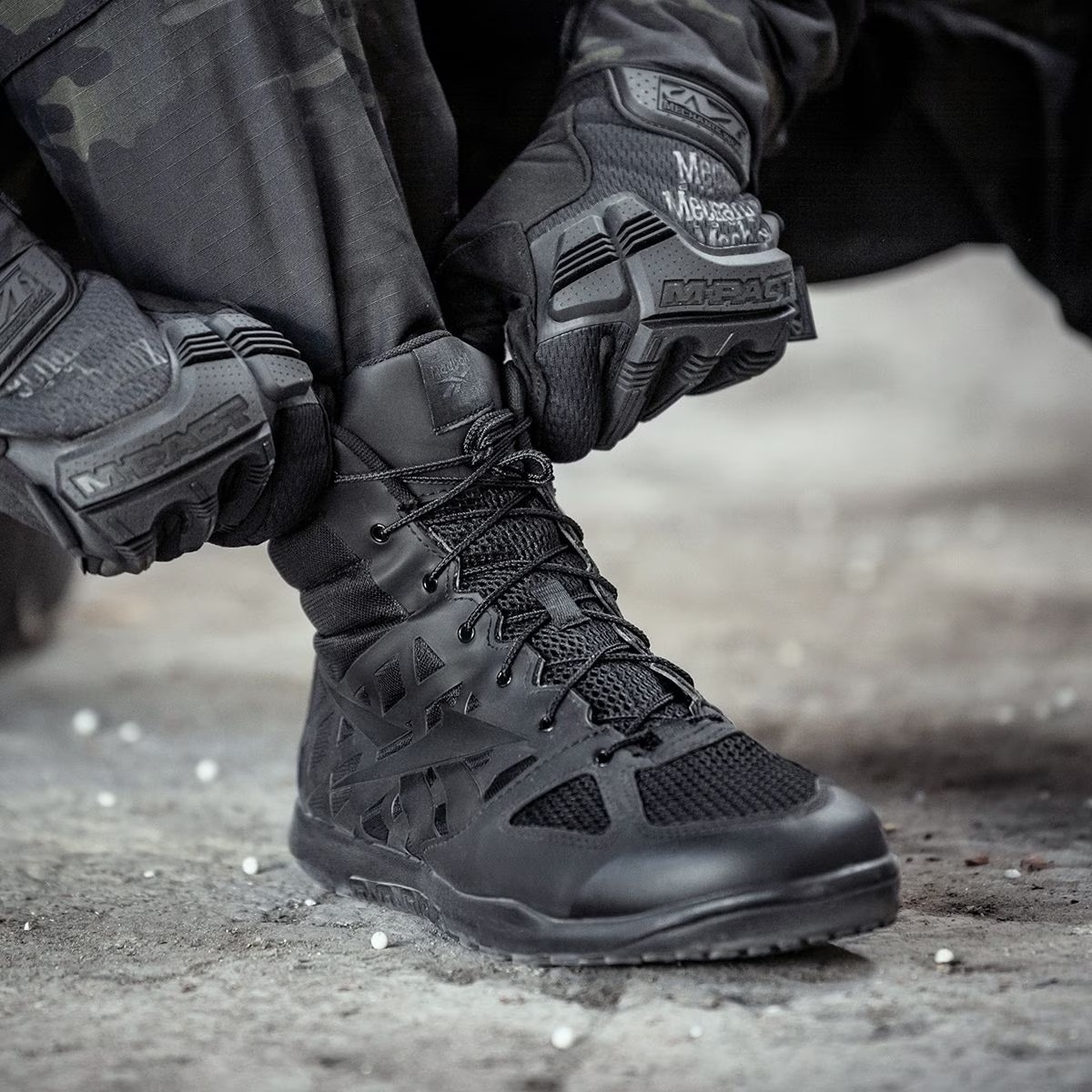
When waterproofing this type of footwear, it is good to use spray waterproofing agents. However, remember to let the shoes dry after the treatment. Waterproofing of boots with a membrane requires particularly careful selection of preparations. It is best to use dedicated waterproofing products for membranes - it is important that the preparation creates a hydrophobic coating on the surface of the shoe but does not clog the micropores in the membrane.

